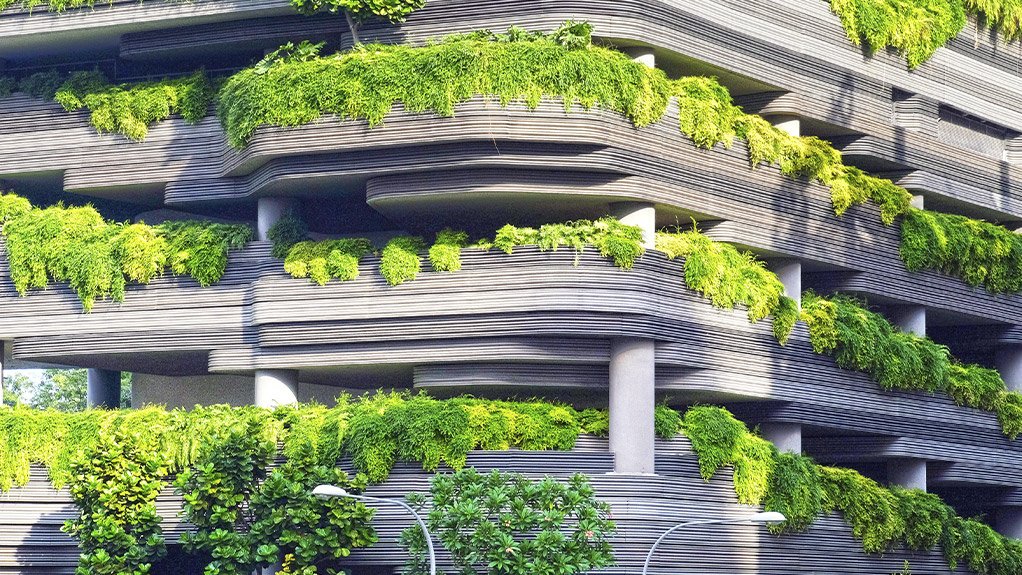
Heating, ventilation, and air conditioning (HVAC) systems play an important role in the comfort and quality of indoor environments. In fact, research[1] has shown that office air quality has a greater impact on employee productivity than we may think. At the same time, HVAC and lighting typically consume the largest proportion of energy in commercial buildings.
With the global push among organisations to reduce their environmental impact and achieve net zero emissions, many are now recognising green buildings and sustainability as part of their responsibility to the environment. At the same time, more energy-efficient strategies can lead to tremendous cost-savings over the long term. And with energy prices now soaring[2] across the globe, finding more sustainable and energy-efficient HVAC solutions is more important than ever.
A green approach
Since HVAC systems make such a significant contribution to a building’s energy consumption, green building codes and certifications are becoming stricter in terms of HVAC system performance. Energy-efficient strategies should be incorporated all the way from the design of a building to the construction and operational stages. Retrofitting green solutions rather than implementing them from the ground-up – such as shading that prevents heat from needlessly leaving or entering a building – can be more expensive or less efficient, but they are still an important strategy when it comes to existing buildings.
When installing an HVAC system, it is essential that the units are both energy efficient and allow for some degree of temperature and airflow control as demand fluctuates. Some HVAC systems have integrated energy monitoring management and movement detection sensors that allow them to operate more efficiently or only when needed. With remote or cloud-based controllers that provide condition-based monitoring and control over individual units, technicians can optimise a building’s energy usage to exact requirements and minimise energy waste. This also makes it far easier to create ‘climate zones’ in larger offices, rather than having heat dispersed inefficiently across the building.
New sustainable technologies
There are a growing variety of new sustainable HVAC technologies that can be used in green projects to reduce environmental impact and energy. Solar, geothermal heat pumps, hydronic heating and cooling, or desiccant evaporative air conditioner (DeVAP) systems all have their own unique benefits and – sometimes – drawbacks.
More energy-efficient technologies are now also entering the commercial market. LG’s Air to Water Heat Pump (AWHP) system provides space heating, floor heating, cooling, and a hot water supply, and is up to four times more efficient than boilers. It absorbs 75% of natural energy from outside air and only 25% of its power comes from electricity. It also significantly reduces CO2 emissions compared to oil or gas boilers, making it both energy efficient and environmentally friendly.
Getting the green certification
It is important to opt for an HVAC system that meets modern standards in terms of their environmental impact and energy efficiency. Green building certifications have placed more emphasis on the importance of energy efficiency, and HVAC solutions have become a key component of their scoring categories.
The Leadership in Energy and Environmental Design (LEED) certification, for example, is a global green building certification programme that includes a set of eco-friendly rating systems. LEED has become an industry standard for environmental sustainability. LG’s HVAC technology and variable refrigerant flow (VRF) solutions are tailored for achieving these certifications and go a long way to reducing costs with eco-friendly technology.
Towards a sustainable future
Finding more energy-efficient solutions has become about more than just the bottom line. More organisations are realising that they need to commit to reducing their environmental impact and create a better world to live in. Implementing greener strategies and more energy-efficient HVAC solutions within commercial buildings can go a long way to helping organisations reduce their energy costs – and achieve their sustainability goals. And with all the innovative technologies available on the market today, green building projects have become as viable as they are necessary.